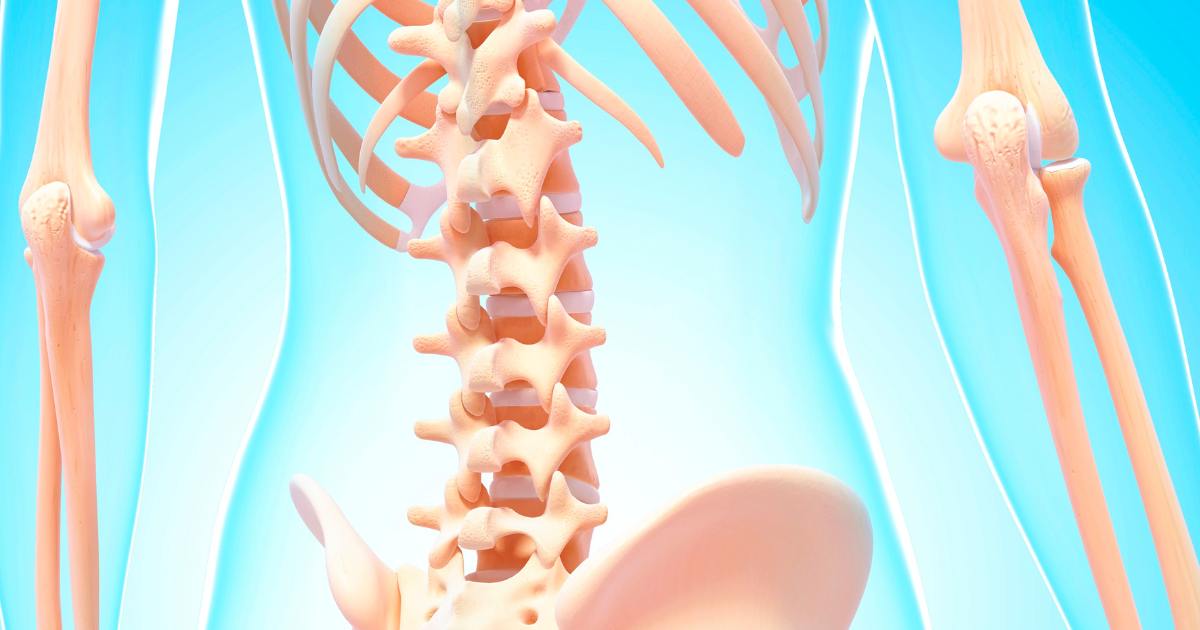Physical Exercise is an Important Step in the Prevention of Osteoporosis
Even better are exercises that improve muscle strength and balance, as maintaining muscle protects the bones and improving balance prevents falls.
Authentic Pilates does both of these things, and so it is a good option for a person at risk for developing osteoporosis.
Pilates also promotes muscle symmetry, helping to balance out the body and correcting poor body alignment.
The development of a strong Powerhouse also reinforces good posture.
A healthy person should be able to perform most or all of the Pilates exercises.
If you have a physical condition, be sure to notify your instructor. Many exercises can be modified to be safer for a person with a physical condition such as back pain or stiffness in the knees.
Regular Pilates exercises can help to prevent osteoporosis and a large number of other physical injuries.
Practicing Pilates with Osteoporosis
A person with osteoporosis can also practice Pilates; however, private sessions are highly recommend since many exercises will need to be modified.
People with osteoporosis should avoid some exercises that call for rolling on the spine or rotating the spine and extension of the neck.
Pressure should also not be placed on fragile wrists.
If you have been diagnosed with osteoporosis and want to attempt Pilates strength-training exercises, you should advise your instructor about your condition or join a class designed especially for people with that condition.



